4.9.4
The following theory is recorded in order that this tried and proven method of armature analysis can be relied upon, with confidence, in the application of further improvement methods.
In general, the small series-connected motor, frequently called the universal motor, consists of a two-pole field surrounding the armature, as shown in Fig. 4.110.
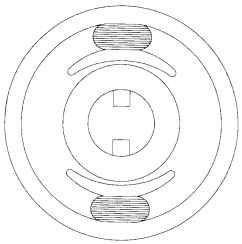
FIGURE 4.110 Universal motor field winding.
The field yoke may be circular, as illustrated, with coils on each pole; or it may extend from pole to pole only on one side of the armature, as in Fig. 4.111, in which case there is usually only one field coil on the leg of the yoke. In many cases, permanent-magnet fields are used, wherein no field coils are required.
The armature may have 12 slots and a 12-bar commutator, as illustrated in Fig. 4.112, wherein there will be 1 coil per slot (2 coil sides per slot).
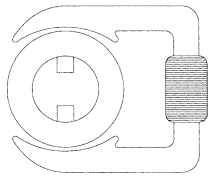
FIGURE 4.111 Single-coil-type universal motor field winding.
There may be from 8 to 12 slots; and in rare instances numbers beyond this range.
Also, there may be two coils per slot (four coil sides in each slot) in which case there are twice as many commutator bars as slots. In rare cases, there may be three coils per slot.
The brushes may be located in line with the center of the poles, as illustrated in Fig. 4.112, or shifted in angularity therefrom at the will of the designer, usually for convenience of space, access, or other reasons. In such cases the coil leads are similarly extended; see Fig.
4.113.
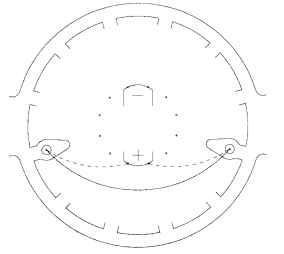
FIGURE 4.112 Armature winding showing brushes located in center pole.
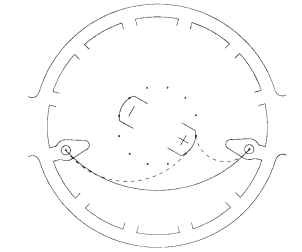
FIGURE 4.113 Armature winding showing brushes located offset from center pole.
The single-coil 12-slot armature with in-line brushes has been selected for simplicity in introducing this analysis. Also, the coils are shown to be wound as from a single wire continuing from coil to coil in sequence, as from a single-flier winder. The result is a single-lap appearance to the finished armature, with small start coils, medium single-overlap coils, and large double-overlap final coils, producing inherent electrical and mechanical unbalance in the armature. This is in contrast to
double-flier-wound armatures which show a double-lap finish with similar equal and opposite coils, resulting in good balance.
In the end views, such as in Fig. 4.114, looking at the commutator end, the outer two rings of dots represent eventual coil sides, while the inner ring of dots represents the commutator bars. Brushes are indicated inside the commutator ring for clarity, whereas they normally extend to the outside.
The side views, as in Fig. 4.114, illustrate the armature as though it were unrolled and laid out flat. This is usually the only view used in analyzing the winding pattern.
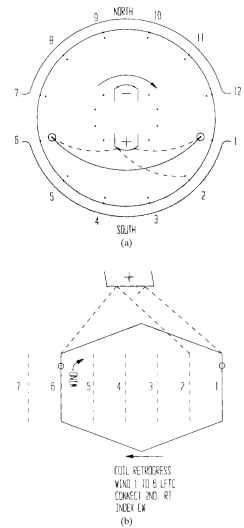
FIGURE 4.114 Armature lap winding, first coil retrogresses: (a) end view, and (b) side view.
As the armature rotates, the brushes, in contacting the commutator bars, each will touch two adjacent bars. This shorts out the coil attached there, and that coil is said to be under commutation. In other words, prior to becoming shorted the current flowed in one direction, but after clearing from the short, the current will flow in the opposite direction through the coil. This shorting must occur while the coil sides are not under the poles. Otherwise the induced voltage in the shorted coil would overheat the coil, also causing severe sparking and burning of the brushes and bars.
Note in Fig. 4.114, that the commutating coils are indicated by a small circle on the coil sides. Also, the direction of current flow in the active coils is indicated by the arrowhead (from + toward -), Fig. 4.116.
The direction the motor would run is indicated by the circular arrow in the end view when full conditions are disclosed.
Armature Analysis Method (Electric Motors)
Next post: Winding Specifications (Electric Motors)
Previous post: Automating the Wind Cycle (Electric Motors)
